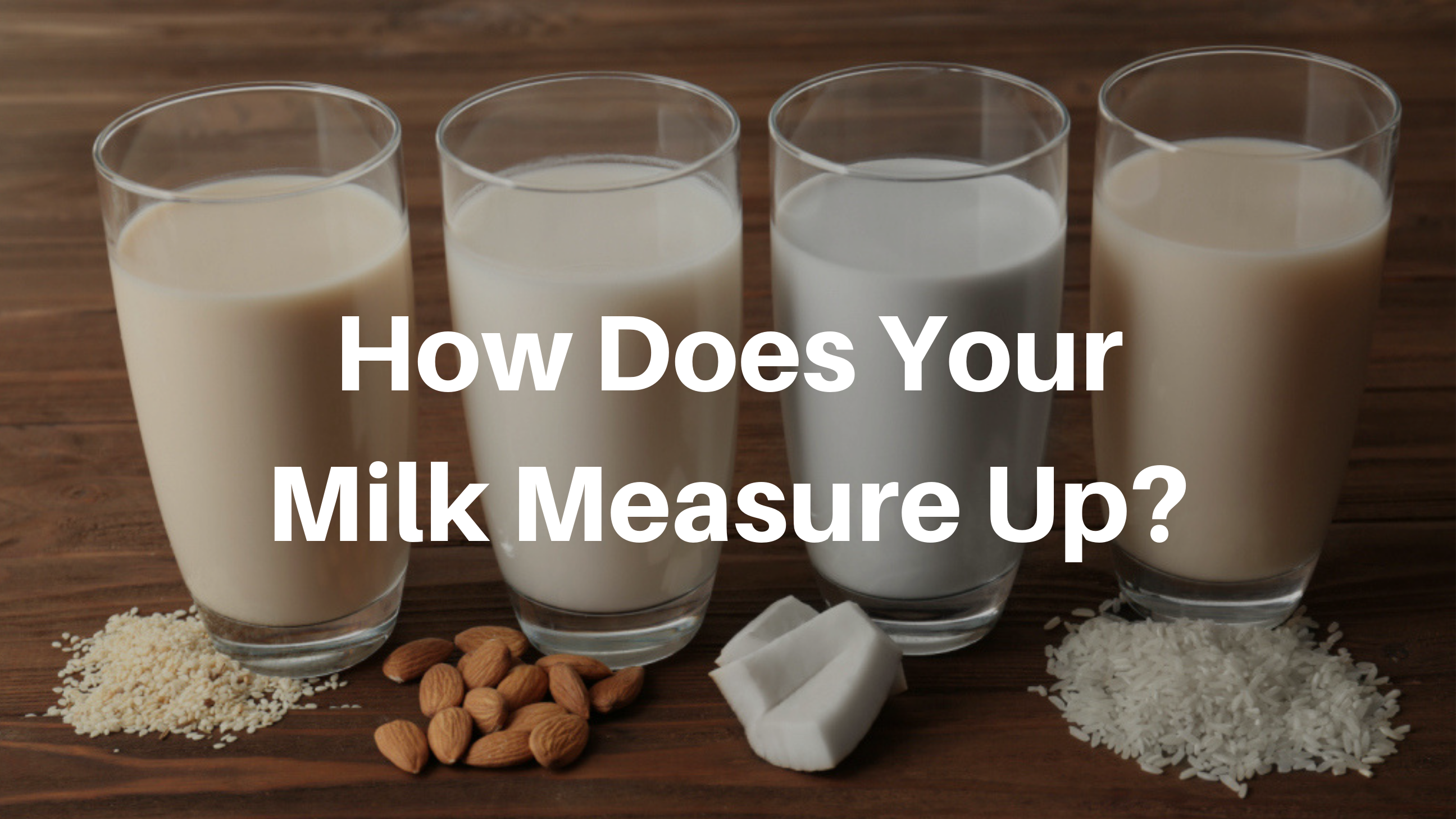Ever since I found out I was allergic to dairy mid-way through high school, I’ve relied upon dairy alternatives. Out of the different milks that I have tried, almond and oat are by far my favorite! In the past few years, I have read numerous articles about how much water it takes to make almond milk. Especially considering most almonds are grown in California, a state that has faced many droughts over the past few years. This got me wondering, how much water goes into each of the milks we consume, and is there a better option when it comes to keeping water usage low?
| Milk Type | Gallons of Water Required to Produce 1 Gallon of Milk |
| Cow | 2000 |
| Almond | 920 |
| Soy | 208 |
In researching, there is not a ton of data out there about how much water actually goes into making the different types of milks like rice, hemp, oat, or coconut milk. But there is a lot out there in regards to what I would call “the big three”: cow, almond, and soy. Each of the numbers presented are the total amounts of water it takes to make and grow the producer of the milk itself. For example, a cow needs 30-50 gallons of water per day throughout their lifetime. This water is taken into account before we even consider the water that is used in the production of the milk itself. This compares to an almond or soybean which require a few hundred gallons within their lifetime to grow before the production of their milk alternatives.
Thinking about food production is helpful as it allows one to see beyond the grocery item that they purchased in store. Each item in the grocery store has a story of how it arrived at that location, from the growing process, to the people who cared for the food, to the transportation – there are so many moving parts and elements that are hidden from the consumer. In moving through life, it’s important to understand our personal buying power. If we want to have more whole, good, tasty food, we have the power to change the options available to us with what and where we choose to buy. The simple practice of being mindful of food consumption can result in real change.
Go green with Dining Team Green! Want more information on sustainability in dining? Follow us on facebook, instagram, and twitter @ursustainable. We’d love to hear from you! Contact us at urdiningteamgreen@gmail.com.
Guest Post written by Nic Hesse, Dining Team Green Marketing Intern, Class of 2019

